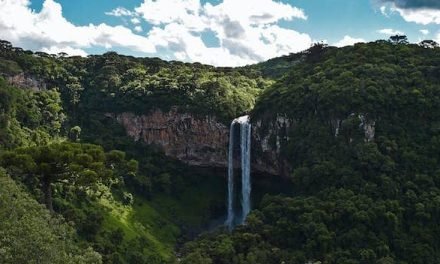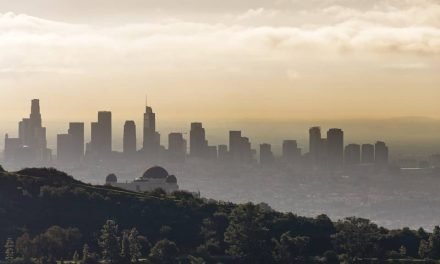As temperatures across the globe increase, it’s having a devastating effect on glaciers worldwide.
The melting of glaciers is faster than before and this not only affects local wildlife populations, habitats, and ecosystems, but can also lead to more frequent and extreme weather events, loss of freshwater supplies, and the risk of floods or landslides in some areas.
https://youtu.be/gnkHTjCfnPU
What Causes Glaciers to Melt?
As global temperatures increase, glaciers will continue to melt faster and release more water into the seas.
The melting of glaciers is a result of higher air and sea surface temperatures, by nature and human activities.
Since the industrial revolution, carbon dioxide and other greenhouse gas emissions have contributed to rising temperatures, even at the poles, causing glaciers to melt, calve off into the ocean, and retreat.
How Fast Are Glaciers Melting?
The world’s glaciers are shrinking and disappearing faster than scientists thought, with two-thirds of them projected to melt out of existence by the end of the century at current climate change trends, according to a new study.
Researchers found 49% of glaciers would disappear under the most optimistic scenario of 1.5C of warming.
However, if global heating continued under the current scenario of 2.7C of warming, losses would be more significant, with 68% of glaciers disappearing, according to the paper, published in Science.
There would be almost no glaciers left in central Europe, western Canada and the US by the end of the next century if this happened.
The melting of glaciers will significantly contribute to sea level rise, threaten the supply of water of up to 2 billion people, and increase the risk of natural hazards such as flooding. The study looked at all glacial land ice except for Greenland and Antarctic ice sheets.
“Any reduction in the temperature increase will have a substantial impact on sea-level rise and the loss of glaciers globally,” said David Rounce, the study’s lead author and a researcher at Carnegie Mellon University and the University of Alaska at Fairbanks.
“No matter what, we’re going to lose a lot of the glaciers, But we have the ability to make a difference by limiting how many glaciers we lose.”
“For many small glaciers it is too late,” said study co-author Regine Hock, a glaciologist at the University of Alaska Fairbanks and the University of Oslo in Norway. “However, globally our results clearly show that every degree of global temperature matters to keep as much ice as possible locked up in the glacieres”










